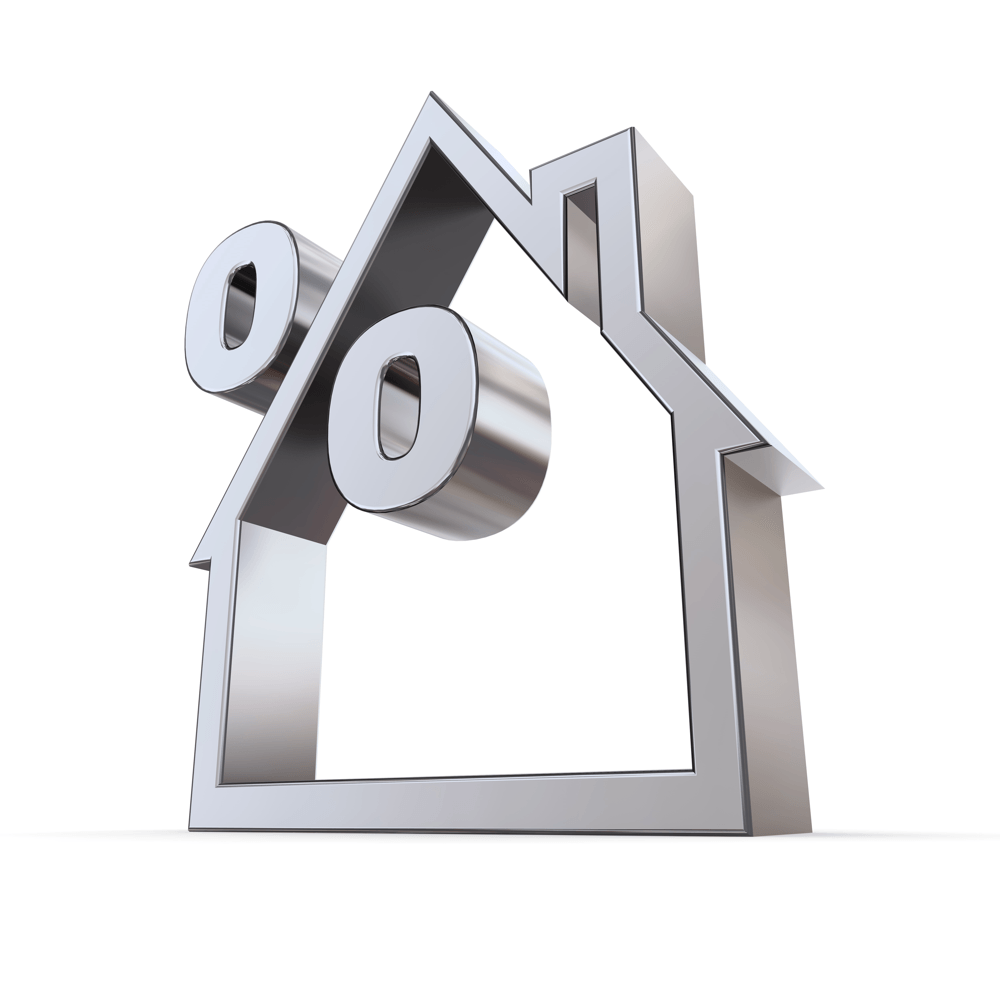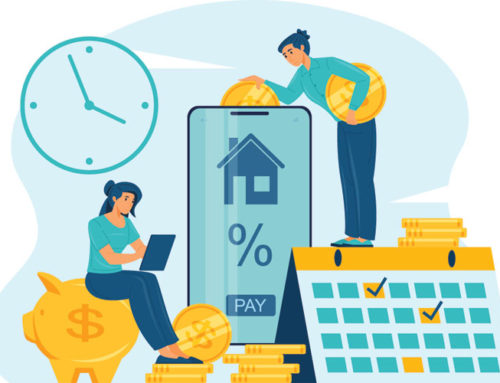 Since you’ve already been through the home buying process before, you might feel fairly comfortable as you move to purchase your next home. However, you may not be aware of some of the recent mortgage rule changes such as the one regarding down payments. To help you better understand down payments and some of the new Canadian mortgage rules, we’ll cover it in this article to help minimize any ‘hiccups’ that could make it difficult for you to get your next home.
Since you’ve already been through the home buying process before, you might feel fairly comfortable as you move to purchase your next home. However, you may not be aware of some of the recent mortgage rule changes such as the one regarding down payments. To help you better understand down payments and some of the new Canadian mortgage rules, we’ll cover it in this article to help minimize any ‘hiccups’ that could make it difficult for you to get your next home.
Down Payment Minimums
As of February 15, 2016, you need to have at least 5% of the cost of the home as a down payment. If your home costs more than $500,000, you’ll need 5% of $500,000 ($25,000) plus 10% of the remaining amount. For instance, if you wanted to buy a $600,000 home, you’d need at least $35,000 as a down payment. There’s always the option of paying more than the minimum.
However, when purchasing a second home, lenders generally require a larger down payment to the tune of 20% or more. This is due to the equity you have already developed as a homeowner.
Private Mortgage Insurance
In the event your down payment is less than 20% of the purchase price, you’ll need to pay for private mortgage insurance (PMI) as well. The Canadian Mortgage and Housing Corporation (CMHC) is one popular provider of such insurance. The premium you will pay usually ranges from .5 to 2.75%. The payment is then added to your monthly mortgage, slightly increasing those payments.

More Down Payment Basics
As you probably remember from buying your first home, a bigger down payment means lower monthly payments. While you’re probably a lot more certain about what you want in a home the second time around, it’s definitely worth sitting down with a mortgage calculator to crunch some numbers.
Also, it may be worthwhile to talk to your builder about how different design choices can affect the total cost of the home and your mortgage payment.
For instance, choosing an unfinished basement might lower the price of your new home enough that you could afford 20% down. If a finished basement along with a larger down payment is important to you, then could a smaller home with a finished basement serve your needs just as well while costing less?
A different way that your mortgage can work for you is to use it to help pay for additional features. For instance, do you want to build a fence but want to spread the cost over the life of your mortgage? If so, then including a landscaping or fence package in the purchase will increase your monthly payments, but it will also help you avoid paying for it all upfront. This way it finishes off your yard around the same time as your new home is ready.
The best advice is to balance your dreams of the perfect home with affordability over the long-term.
Finding Your Down Payment
A down payment could come from personal savings or be borrowed from your RRSP. However, many people who already own homes and want to move into a new one use the equity from their old home as a down payment for the next one.
The equity is the amount of money you have left over after you sell your current home, pay off any amount that’s left on the current mortgage, and pay any legal fees associated with the sale. If you’ve been living in your current home for 10+ years, you could have a significant amount of equity that you’ll be able to use for your down payment.
However, if you’ve only been living there a few years, most of your monthly payments have been going toward interest, and your equity might only be enough to cover the costs of selling.
Timing Your New Home Purchase
When you want to sell your old home to build a new one, you need to find balance in timing the transition. You’ll have to sell your current home first to get access to that much-needed equity for a down payment, but you also need the new home to be ready for move-in. This can be difficult to accomplish.
One way to navigate these waters is to use one of our preferred lenders. Since they’re familiar with the process, they can help you negotiate the purchase. For instance, you might be able to take a home equity loan to use as a down payment, then pay this off when you sell your home. Talk to a qualified lender about your options.
The down payment plays a big role in the affordability of your new home, and it’s smart to plan accordingly. As you work with your builder to design the home of your dreams, think about how your choices will affect your payment. Put down as much money as possible to be in the most secure position.
{{cta(‘e57ca4af-10d6-4611-95e2-90516781a5c2′,’justifycenter’)}}
Photo credit: family with lender, percent sign house





